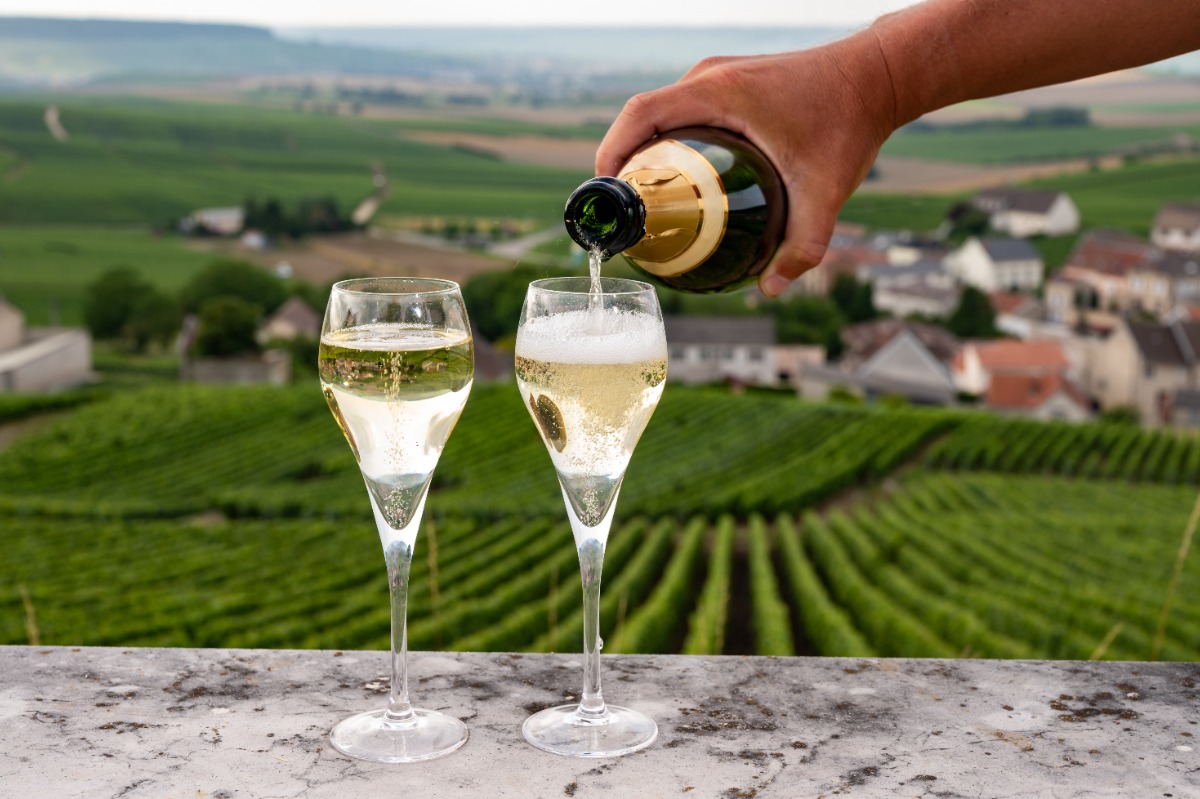
When you’re scrunched up on the couch with a beautiful book, a nice glass of red wine is ideal—but whenever you’re rejoicing on a special occasion, toast with champagne.
This sparkling beverage is associated with elegance and good times. Champagne is not only delicious but also visually appealing, making it ideal for serving at a formal event. It will appeal to both red and white wine drinkers.
But, once you lift your glass during this festive period, let us tell you about this delectable drink and its various varieties. This knowledge will come in handy as you impress your guests. You might just be dubbed a “wine snob.”
What grape is used to make champagne?
As wine connoisseurs will tell you, true champagne should emerge from the French region of champagne. The three factors for true champagne were also, of course, that the beverage would be from champagne in northern France, that it has been made from the three main grapes, and that it’s made using the conventional process, also known as the méthode traditionnelle, méthode Classique, or méthode Champenoise.
Conventional Champagne Wine Grapes
- Chardonnay: White grape with a delicious taste that is slightly alkaline and punchy.
- Pinot Noir: Has a broadening flavor profile and fragrances, but still is generally pungent and powerful.
- Pinot Meunier: This red grape contributes body and richness to champagne.
- Pinot Blanc: The white version of Pinot Noir, with a floral and acidic taste.
- Pinot Gris: Pink-skinned, fruity variation of Pinot Noir.





